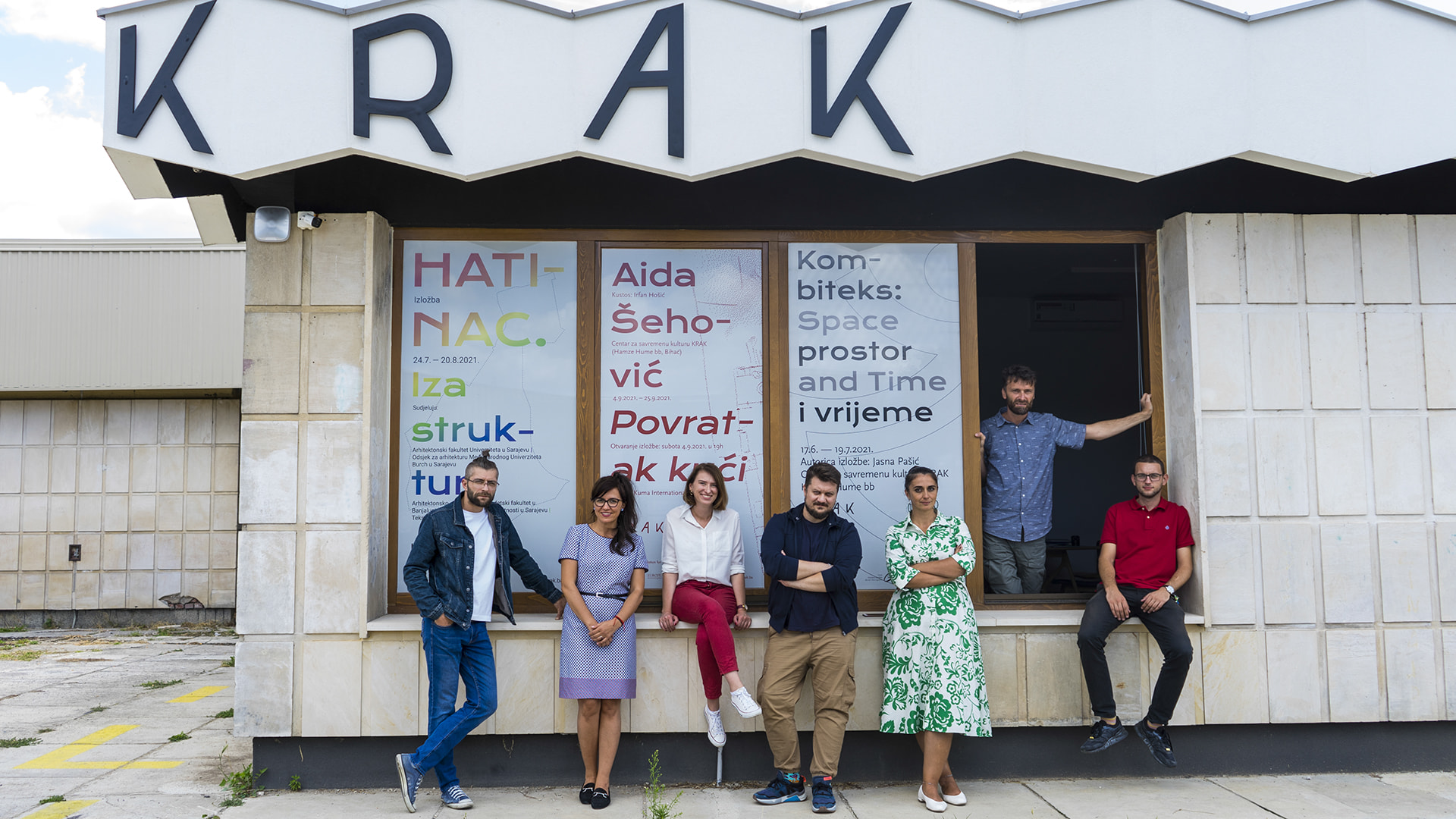
Urban and cultural transformation
A founder of Bihać’s KRAK writes about the practice of total engagement.
|10.09.2021
|
These aspirations culminated in 2019, when the Kombiteks Workers’ Club was taken over. KRAK, the Center for Contemporary Culture, was created.
KRAK’s members hold on to the belief that the political power of a self-managing workforce can be compensated through local community action.

Irfan Hosic
Irfan Hošić received his PhD from the Art History Department (Faculty of Philosophy) at the Zagreb University. He is the founder and artistic director of the KRAK Center for Contemporary Culture in Bihać. Apart from working at the Bihać University, he is a curator and critic.
This story was originally written in Serbian.